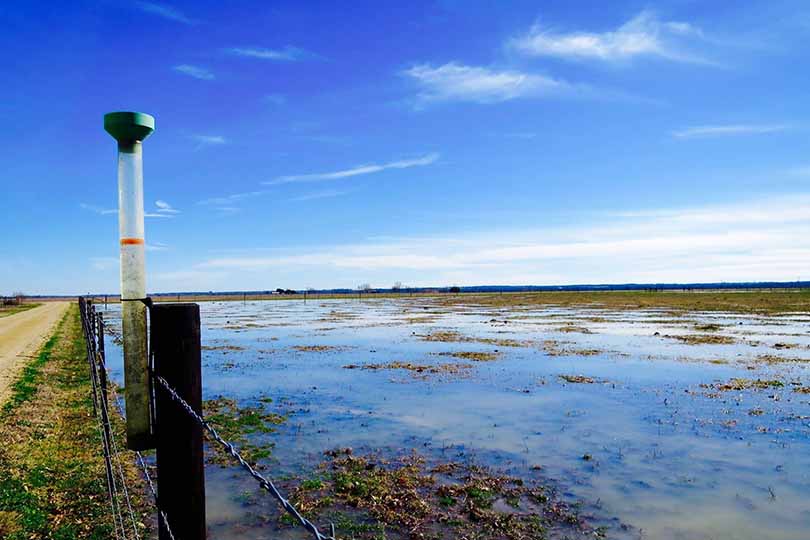The Navigable Waters Protection Rule, which replaces the Waters of the U.S. Rule (WOTUS), was allowed to go into effect this week, after a judge in California denied a request to block the rule.
The new rule is good for agriculture, said Don Parrish, American Farm Bureau Federation (AFBF) Regulatory Affairs senior director.
“The Navigable Waters Protection Rule is going into effect in every state and every territory except Colorado. That is a really good development for farmers and ranchers,” Parrish said.
Next comes implementation, and Parrish noted there is more work to do on behalf of farmers and ranchers.
“Implementation is where the rubber meets the road. We’re going to have to partner with this administration to ensure that the transparency and the clarity that the agencies wanted when they developed this rule,” Parrish said. “We want to make sure that we partner with them so that vision is realized. That means that we still have work to do.”
The new rule provides farmers and ranchers much-needed clarity.
“Legal challenges on the scope of the Clean Water Act is nothing new. We’re going to continue to see back and forth, but I am very hopeful that when people understand that this rule is going to be protective of water quality, it’s going to be protective of the environment, but yet provide the clarity that farmers and ranchers and landowners deserve, I hope they come on board with the fact that this is a good rule,” he said.
Earlier this year when the rule was announced, Texas Farm Bureau President Russell Boening said it provides the much-needed regulatory certainty the nation’s farmers and ranchers need to continue growing food, fiber and fuel for the country.
“Farm and ranch families live on the land, drink water from wells located there and depend on clean water for growing crops and raising livestock,” Boening said. “Clean water is also important for wildlife, which has become a critical part of many modern farming and ranching enterprises. Managing water use is a process developed by decades of best management practices.”
Get more information about the new rule here.

